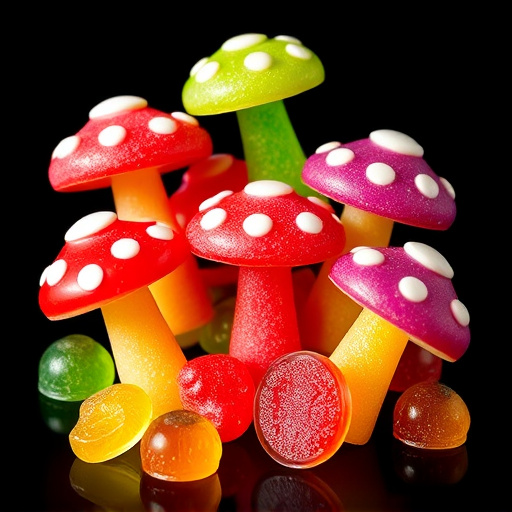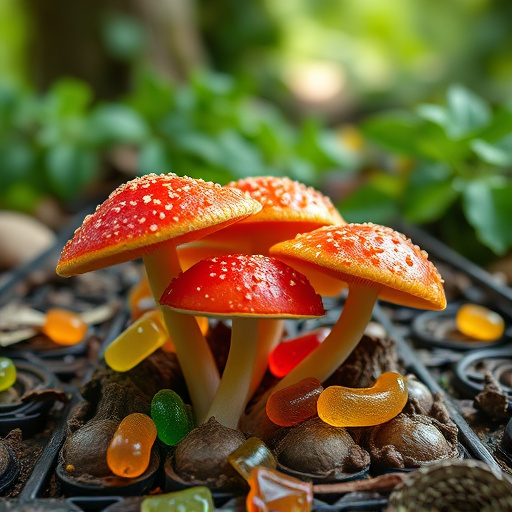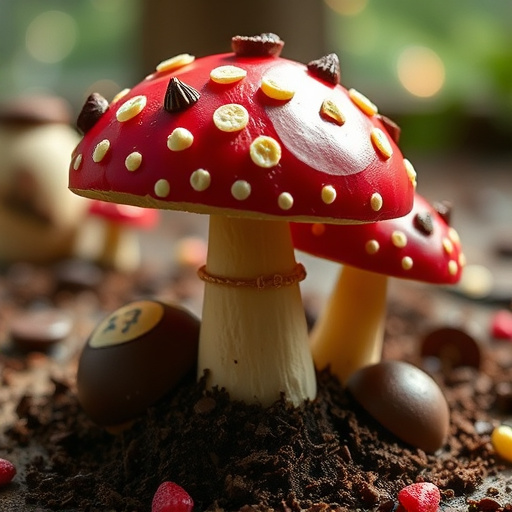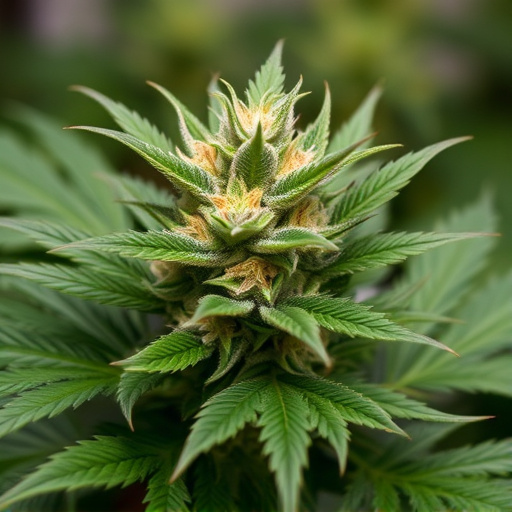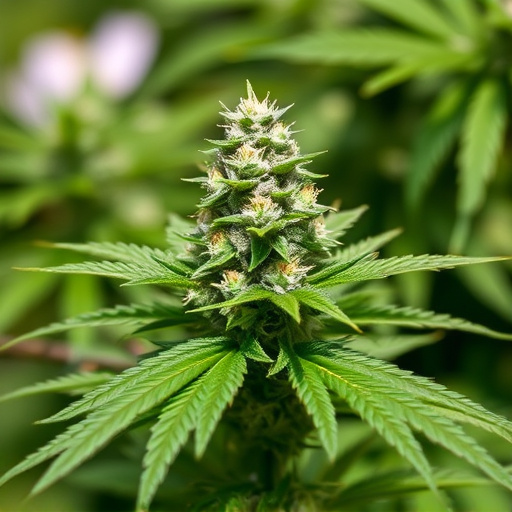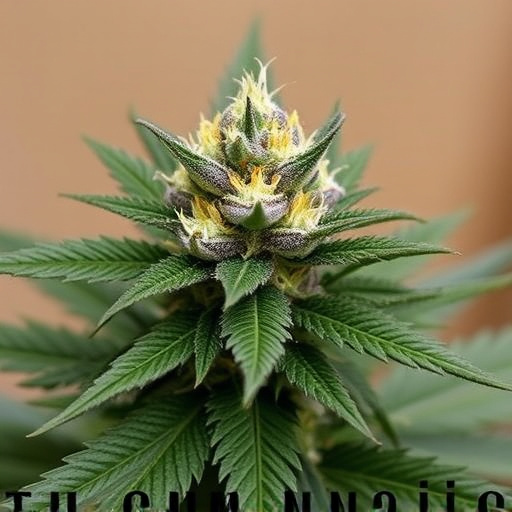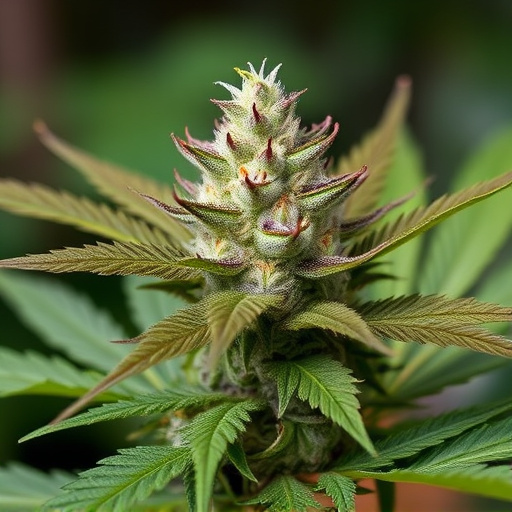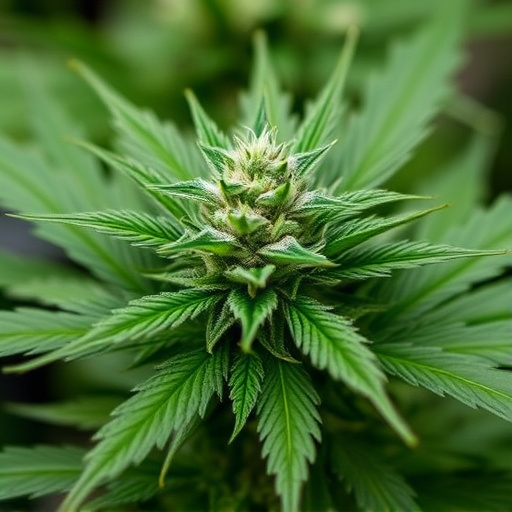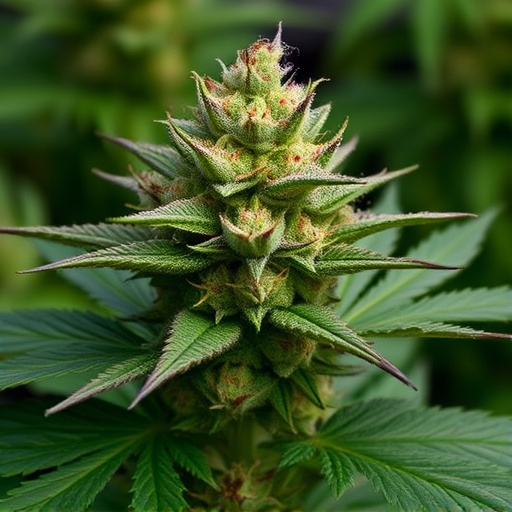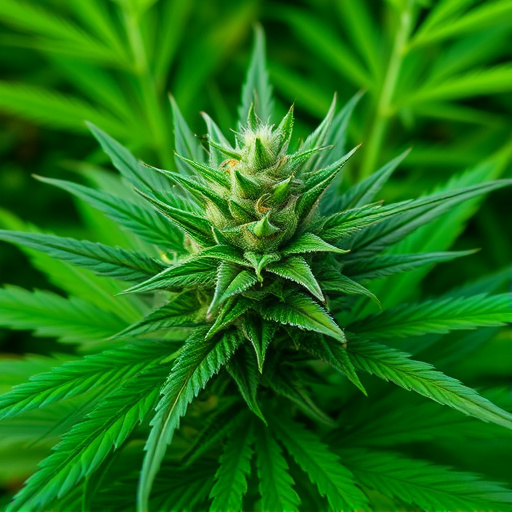Understanding the unique properties of various cannabis strains is key to selecting the best cannabis strains for individual needs. Terpene and cannabinoid content influence scent, flavor, and effects on the endocannabinoid system (ECS), with THC inducing euphoria and relaxation while CBD-rich strains offer therapeutic benefits without psychoactive effects. Personal genetics and preferences determine how individuals react to different strains, with specific effects ranging from relaxation to energy or pain relief. Knowing the interaction between cannabis compounds and the ECS helps individuals choose tailored best cannabis strains for their unique needs.
Cannabis flowers offer a diverse range of effects, catering to various preferences. Understanding these impacts is key to selecting the best cannabis strains for individual needs. This article explores how different people respond to cannabis, factoring in genetics and personal tastes. We delve into the science behind its interaction with the endocannabinoid system, providing insights that help navigate the vast array of available strains. By understanding these variations, users can enhance their experience and unlock the full potential of cannabis for relaxation, pain relief, or other therapeutic benefits.
- Understanding Cannabis Flower Effects: A Guide to Strain Selection
- Individual Differences in Cannabis Response: Genetics and Personal Preferences
- The Science Behind Cannabis: How It Interacts with the Endocannabinoid System
Understanding Cannabis Flower Effects: A Guide to Strain Selection
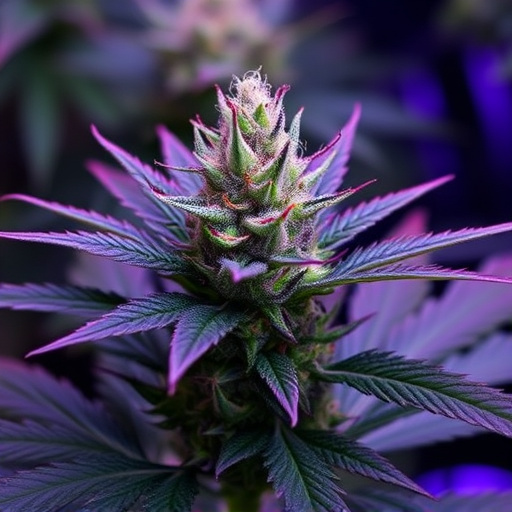
When considering how a cannabis flower will affect different people, understanding the unique properties of various strains is key. Different cannabis strains have distinct chemical profiles, primarily due to variations in terpene and cannabinoid content. Terpenes, aromatic compounds that give each strain its characteristic scent and flavor, also interact with our bodies’ endocannabinoid system, influencing the overall experience. Cannabinoids like THC (tetrahydrocannabinol) and CBD (cannabidiol) are responsible for the high associated with cannabis use, but their effects can vary greatly depending on individual tolerance and preferences.
Navigating the vast array of available strains, often referred to as the best cannabis strains, requires knowledge of intended effects. For instance, strains high in THC may induce euphoria and relaxation but could also increase anxiety in some users. In contrast, CBD-rich strains are known for their potential therapeutic benefits without significant psychoactive effects. Ultimately, selecting a strain that aligns with your desired outcomes and known tolerances is crucial to ensuring a positive and personalized cannabis experience.
Individual Differences in Cannabis Response: Genetics and Personal Preferences

Cannabis flowers, with their diverse chemical profiles, can have varying effects on different people due to individual differences in genetics and personal preferences. Each person’s unique endocannabinoid system (ECS) plays a significant role in how they perceive and interact with cannabis. Genetic predispositions can make some individuals more susceptible to certain cannabinoids like THC or CBD, leading to varied experiences. For instance, those with ancestors who had a history of cannabis use might have developed a higher tolerance, impacting the intensity of their reactions.
Personal preferences also significantly influence the impact of cannabis. Different best cannabis strains cater to diverse tastes and intended effects—be it relaxation, energy, or pain relief. Some people may prefer indica strains for their relaxing and sedating properties, while others opt for sativa varieties known for their invigorating and uplifting effects. These preferences often stem from individual life experiences, cultural influences, and specific health needs, shaping a unique cannabis response profile for each person.
The Science Behind Cannabis: How It Interacts with the Endocannabinoid System
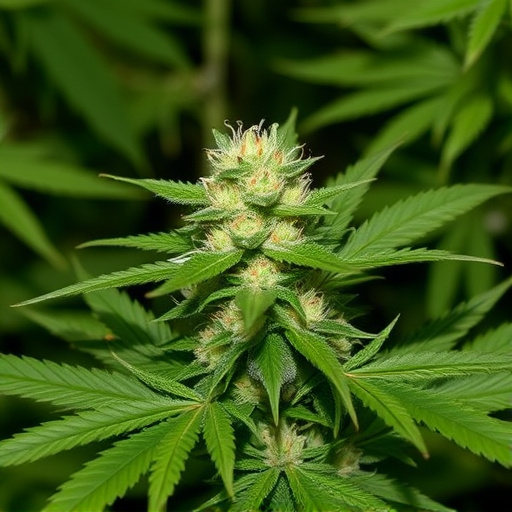
Cannabis interacts with our bodies through its unique connection with the endocannabinoid system (ECS). This complex system plays a vital role in maintaining homeostasis, or balance, within our bodies. The ECS is made up of endocannabinoids, receptors, and enzymes that work together to regulate various physiological processes, including mood, memory, appetite, sleep, and pain perception.
When cannabis flowers are consumed, whether through smoking, vaping, or ingestion, its chemical compounds, primarily THC (tetrahydrocannabinol) and CBD (cannabidiol), bind to specific receptors in the ECS. This binding triggers a cascade of events that can lead to the diverse range of effects experienced by different individuals. For instance, THC is known to stimulate hunger and create a sense of euphoria, while CBD has anti-inflammatory properties and may help reduce anxiety. Understanding this intricate dance between cannabis and the ECS is key to unlocking the potential benefits and selecting the best cannabis strains for individual needs and preferences.
Cannabis flower’s effects vary widely from person to person, making individual experiences subjective. Understanding your genetics and personal preferences is key to selecting the best cannabis strains for your needs. By recognizing how cannabis interacts with the endocannabinoid system, you can make informed decisions to optimize its therapeutic or recreational benefits. Whether seeking relaxation, pain relief, or stimulation, exploring different strains allows each individual to navigate and harness the power of this multifaceted plant.


